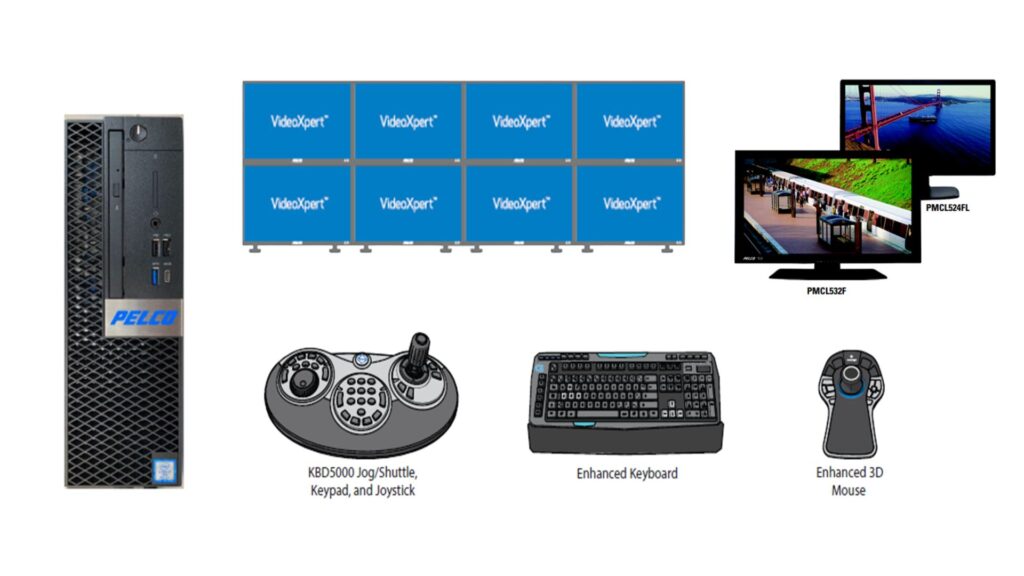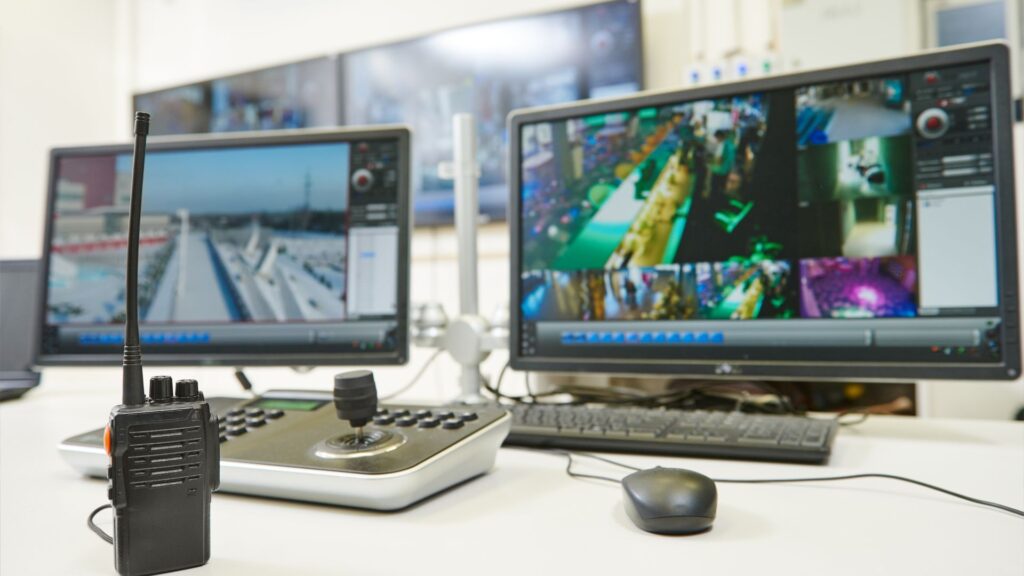Why CCTV Systems Integration Matters in Offshore Operations
Here is CCTV System integration explained. Imagine In high-risk environments like oil rigs, FPSOs, and offshore platforms, every second counts.
These systems provide real-time visibility across critical zones, helping operators respond quickly to incidents, conduct remote inspections, and monitor safety compliance.
CCTV systems are not just about watching, they’re about protecting assets, ensuring operational efficiency, and saving lives.
What Makes Offshore CCTV Systems Different?
Unlike typical surveillance systems, offshore CCTV must endure harsh environmental conditions such as salt, moisture, vibration, and hazardous gases. That’s why these systems are built to ATEX/IECEx standards, ensuring explosion-proof and weather-resistant performance.
But it’s not just about durability—integration is key.
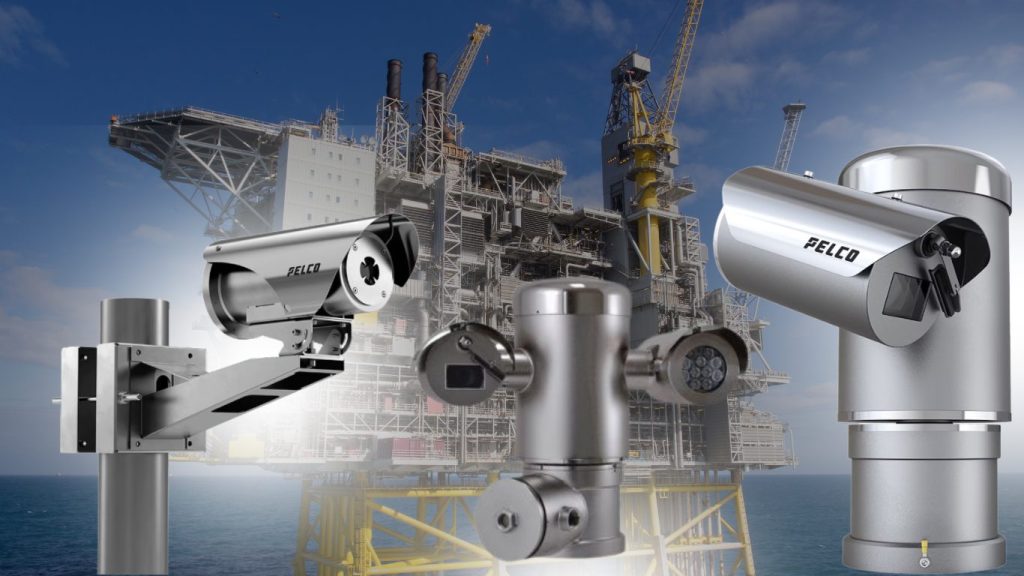
Seamless Integration with Core Offshore Systems
1. ICSS (Integrated Control and Safety Systems)
By linking CCTV to the ICSS, operators in the CCR (Central Control Room) gain real-time visual feedback alongside system alarms and controls. This allows for rapid decision-making when alarms are triggered—whether it’s a valve malfunction or a process deviation.
Example: If a pressure alarm is triggered in the ICSS, the operator can instantly switch to the corresponding CCTV camera to visually assess the area before taking action.
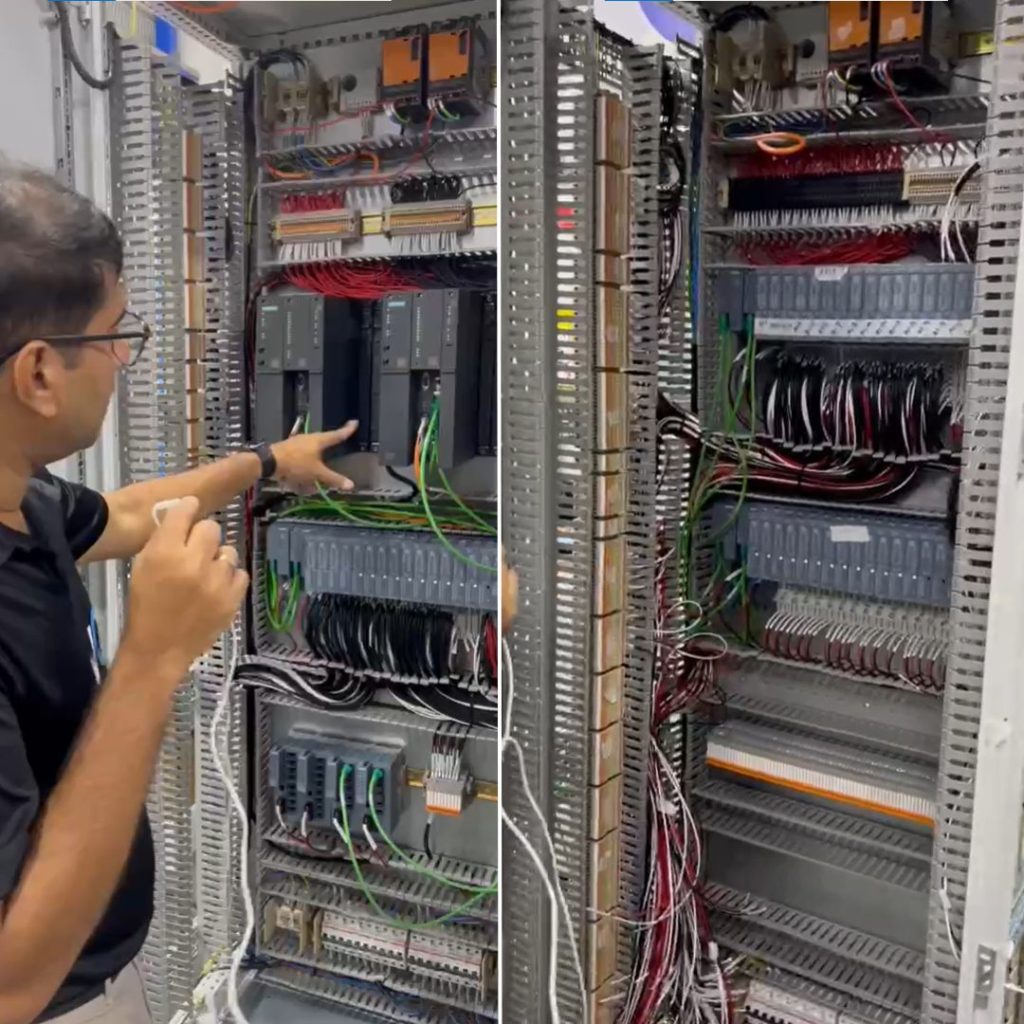
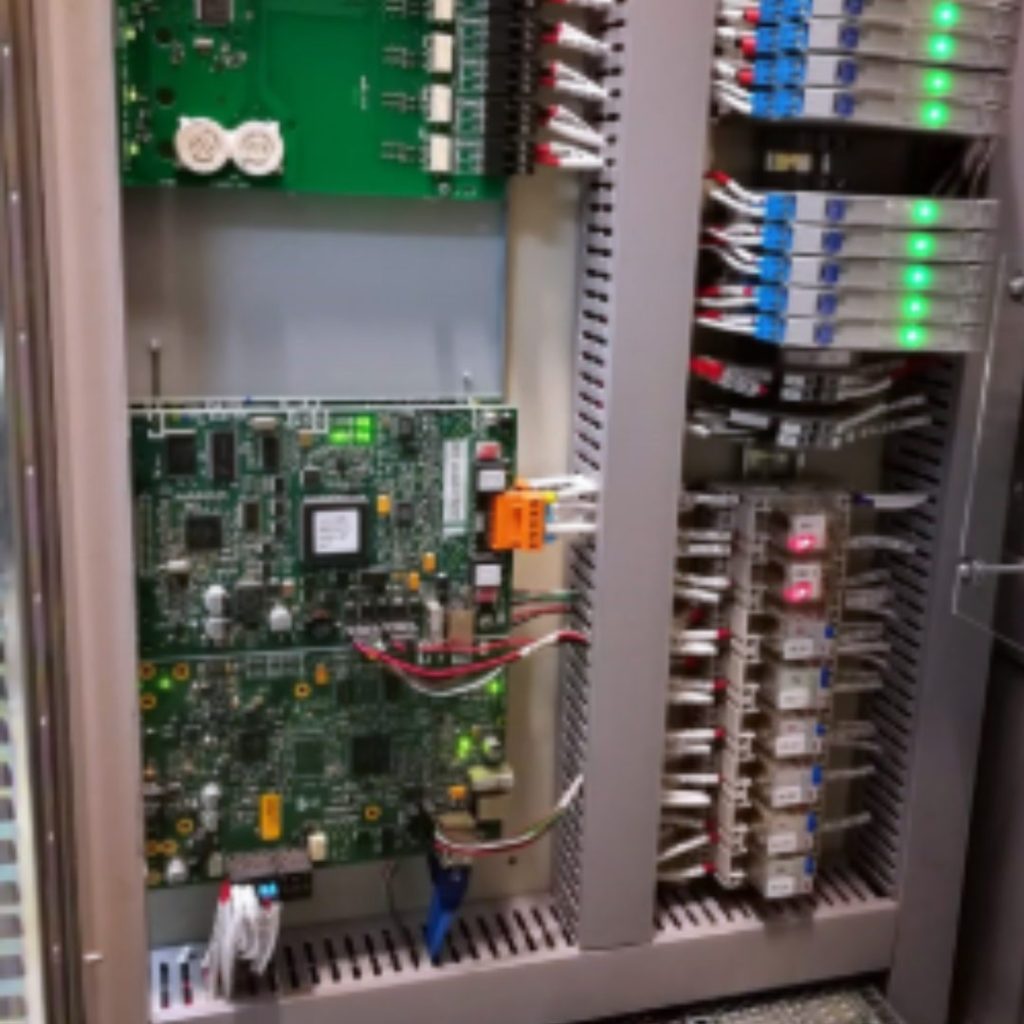
2. Fire & Gas Systems (F&G)
CCTV cameras provide visual confirmation of gas leaks, fire outbreaks, or smoke detection alerts generated by the F&G system. This integration supports faster incident response and improves safety procedures.
Example: A gas detection alarm in Zone 2 automatically prompts the system to display live footage from that zone, aiding in evacuation or shutdown decisions.
3. Helideck Monitoring Systems
In some installations, CCTV integrates with helideck systems to monitor aircraft landings and takeoffs. This footage helps ensure compliance with aviation safety standards and provides visual confirmation during poor weather or night operations.
Example: Live video feed from the helideck helps pilots and deck crew coordinate safe landings even in limited visibility conditions.
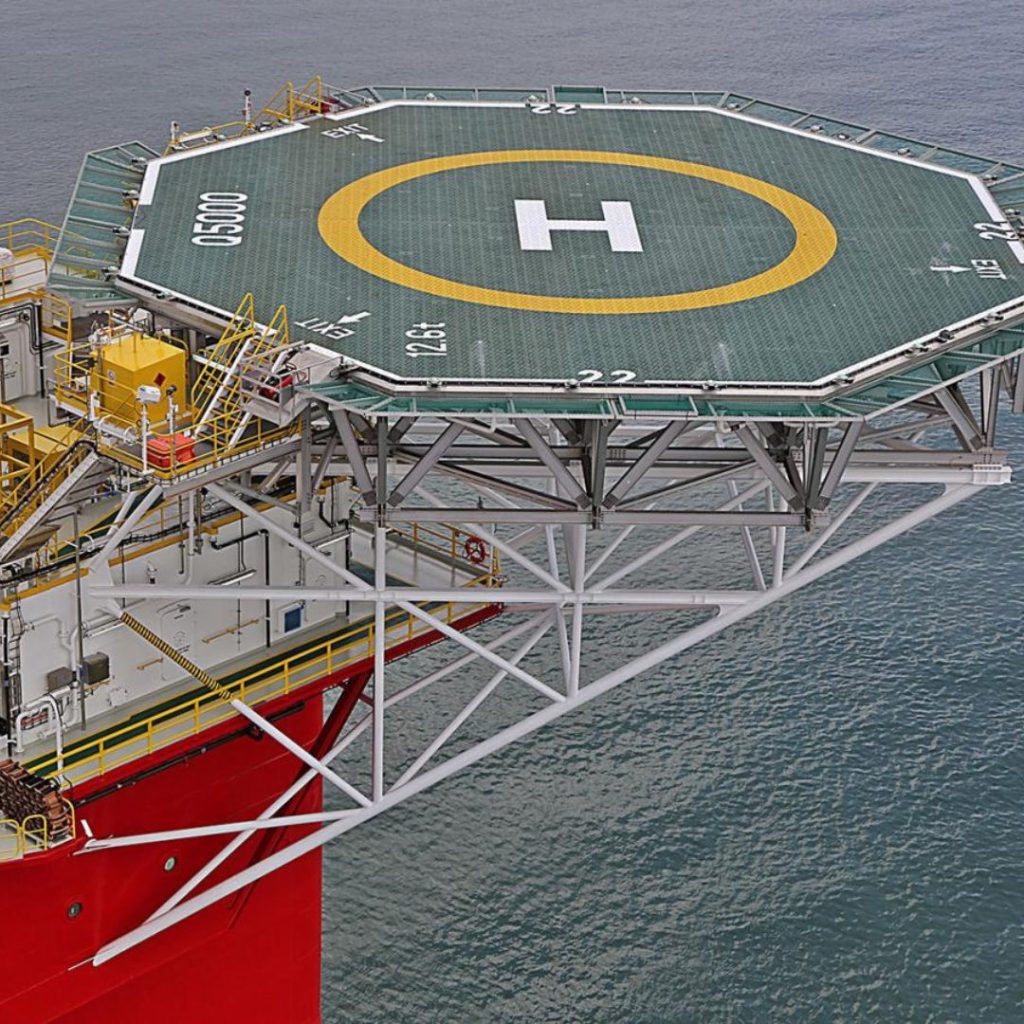
Remote Monitoring & Playback Capabilities
Modern offshore CCTV systems offer remote viewing from onshore operation centers, allowing multiple stakeholders—HSE teams, security managers, and maintenance staff—to review footage, check on-site conditions, and analyze incidents.
These systems also support video analytics, such as motion detection, thermal imaging, and automated alarms, reducing the burden on human monitoring
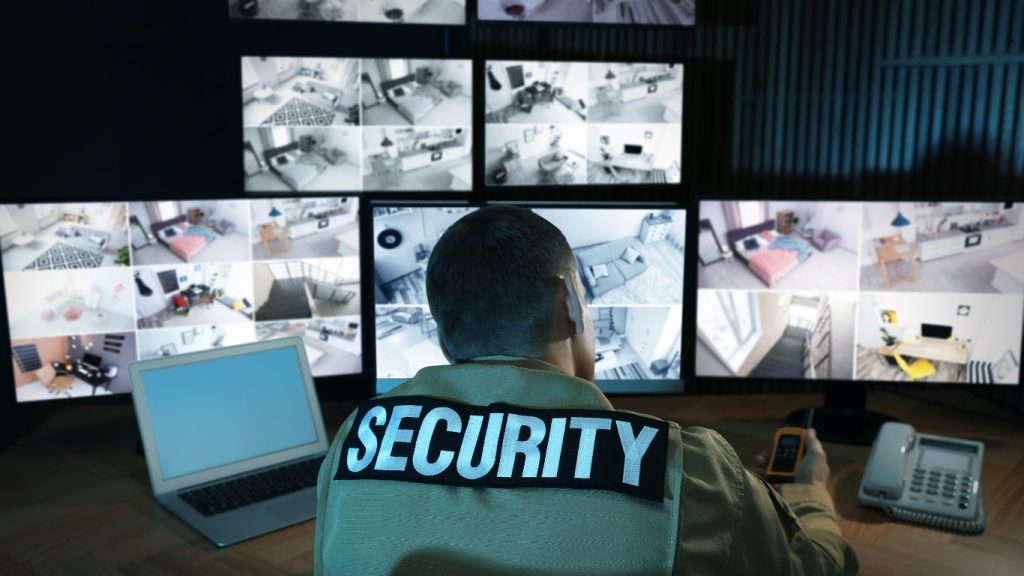
Choosing the Right CCTV System for Offshore Use
When selecting a system, it’s important to ensure the following:
- Explosion-proof certification (ATEX/IECEx)
- Marine-grade materials and IP66/IP67 rating
- Compatibility with ICSS, F&G, and other SCADA systems
- Long-distance transmission over fiber or EX-rated wireless
- Centralized storage and backup solutions
Upgrade Your Offshore CCTV System with Us
At Vivo Asia, we specialize in designing, supplying, and integrating CCTV systems tailored for offshore environments. From linking with your ICSS and Fire & Gas systems, to enabling helideck monitoring.
Vivo Asia’s expert engineers to deliver CCTV systems that meet your exact operational and safety needs. We ensure full compliance and performance in even the most extreme offshore conditions.
Reach out to us for more information or requirements on contact@vivoasia.com

